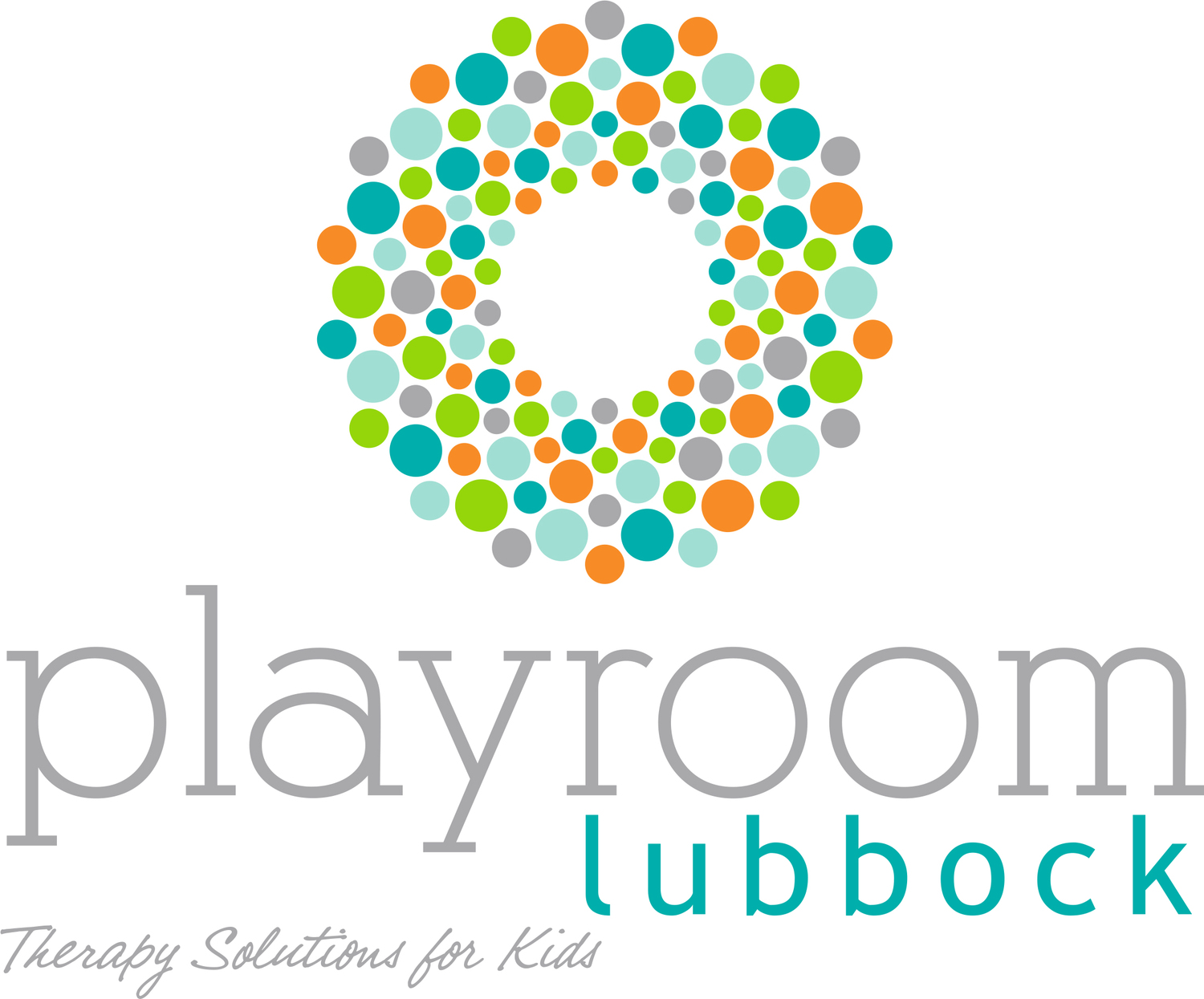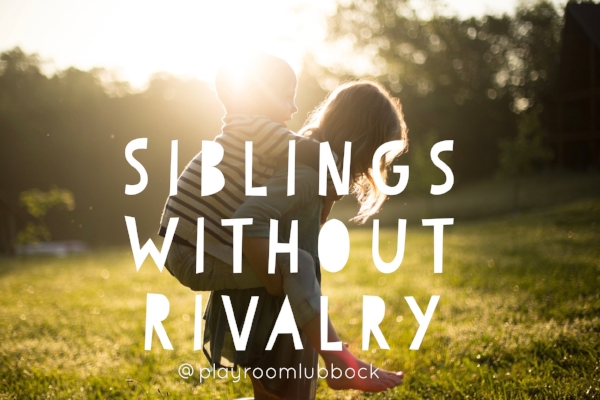There’s a road of development that we walk along throughout our lives. We start before we ever enter this world, weave our way through childhood and adolescence, and end up somewhere in adulthood (though that’s not the end of lifespan development!). Infancy and childhood is marked by significant brain and body development, beginning to learn how the world around us works and what our role within that world is. In adulthood, while our brain and body development are on their way to being complete, we find ourselves in a continuation of that lesson in understanding the world and our role in it, further solidifying our identities. While childhood is marked by great dependence on caregivers for our needs, adulthood is often quite the opposite; adults might find themselves in much more autonomous situations, making significant decisions for their own lives and having a grounded sense of self.
“Adolescents find themselves craving autonomy and independence from their parents while at the same time, longing for the simple pleasures of childhood.”
In the middle of this road is the journey of adolescence. Adolescents, as defined by Oxford Languages, are “in the process of developing from a child to an adult”. As straight forward as that sounds, it’s a dance of growing out of dependence from childhood and into one’s own independence and identity. Adolescents find themselves craving autonomy and independence from their parents while at the same time, longing for the simple pleasures of childhood. Adolescents are forming their own opinions about their lives and the world and yet, are still operating under their parent’s or guardian’s house/family rules and structure.
In order to move in step with an adolescent in this developmental dance so to speak, let’s first take a look at what research tells us is going on developmentally between the ages of 10-19 years old. Looking at lifespan development when working with teenage clients helps me, as a clinician, understand what’s going on in their brains that could be contributing to the choreography of their thoughts, feelings, and actions. Author, play therapist, and professor, Dee Ray tells us that 10 year olds typically think concretely and logically, have a “strong sense of right and wrong”, (from her book Therapist’s Guide to Child Development) and seek out emotional support through friendships. This age really seems to be the bridge for a lot of children between childhood and adolescence. We, as adults who interact with children regularly, see our 10 year olds choosing peer values over family values as this is the stage of development where they are really forming deeper relationships with their peers.
Erik Erikson’s research on development aligns with this, through his Stages of Psychosocial Development. Erikson tells us that the stage of development for ages 5-12 is called Industry vs Inferiority. Our older kids in this stage are finding that their peer groups are becoming a major source of their self esteem. Children in this stage seek situations that help them achieve their goals. When children are successful in this, they feel a sense of industriousness whereas when they “put themselves out there” and are met with failure, they feel a sense of inferiority. The next stage, Identity vs Role Confusion is where our teenagers land. Individuals in this stage want to belong in society and are learning the “roles they will occupy as an adult”. This isn’t to say that we don’t continue shaping our identity well into adulthood, rather, this is the time we really start putting it all together and having a deeper understanding of ourselves. The hope for the end of this stage of development is that the individual will have a deeper sense of self, their values and beliefs, and how all this works together as they find their place in society.
With this developmental information in mind, let’s consider what our preteens and teens might want us to understand about their lives. In my experience working with this age group, here are some things our teenagers want us, the adults in their lives (parents or guardians, teachers, counselors, etc.) to hear and understand about them.
Being a teenager is both invigorating and at the same time so wildly tough. Teens are living in a world unlike any world their surrounding adults grew up in. With smartphone technology and instant access to world news, our teenagers are inputting significant amounts of information about the world around them. Teens want to be in the know about what’s happening across the globe, and at the same time, feel frightened by all of that information. They want to feel that there’s something they could do to make an impact and also want to know that they are safe. Having conversations with your teens, in age appropriate ways, about what’s happening in the world and what their views are on such events, can make them feel included and valued for their opinions.
It doesn’t feel good to be yelled at. Human beings are wired with a beautifully intricate nervous system, a network of neural pathways that does all kinds of things for our bodies, including signals to our brains when we feel threatened. Our nervous system might feel threatened when someone we’re interacting with raises their voice or clenches their fists. Finding a way to interact with teens, whether setting a boundary or expressing one’s own feelings about a situation, in a calm, emotionally regulated manner, may help interactions stay positive and your child more responsive. Taking a break from a heated conversation to splash some cold water on your face or sitting down and taking some deep breaths can help soothe your own nervous system and help you come back to the conversation with your teen in a more balanced state. “You know, my body is telling me it’s time to take a break. I’m going to go splash some cold water on my face, take a few deep breaths, and I’ll be back to check on you.” This models a way to advocate for yourself when needed and that you’ll be back to finish the conversation when you’re more able to stay present and receptive, rather than hot, angry, and reactive.
Finally, your teenager might want you to know that being in this stage of life is conflicting at times and they’d like support, whether they verbalize that or not. They want to be ‘grown up’ and independent and they also want life to stay the same, or even, for it to go back to the way it was when they were little. They want to relish in the freedoms and mature responsibilities that come with being a teenager and yet they also want to soak up as much of their childhood as possible before it’s over.
This road to adulthood is bumpy and often unpaved, sometimes the signs don’t make sense and sometimes they’re missing altogether. Sometimes all you want is to trudge forward, without looking back. Sometimes you’d like to find a nice log to sit on and just take a break. And other times still, you wonder if you’re allowed to go back. Having trusted and safe adults, along with some stellar friends, in one’s adolescent life to walk alongside you, makes the road a bit more manageable, navigable, and hopeful.
“ It’s dangerous business, Frodo, going out your door. You step onto the road, and if you don’t keep your feet, there’s no knowing where you might be swept off to.
”
By: Katy McAlpine, MEd, LPC
Katy is a Licensed Professional Counselor at the Playroom Lubbock specializing in adolescent and young adult mental health.








